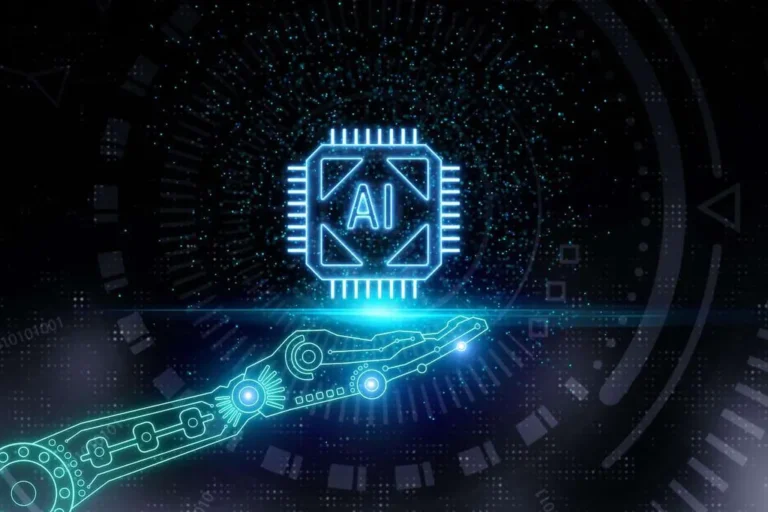As we can https://www.globalcloudteam.com/ see, we want to await for every operate to return, so we will cross the resulting value to the subsequent one. What we actually want is to make it express that the operate can return a end result that could be both success or a failure. As so often, it is determined by the use case when you should handle or specify an exception.
Examples Of Exception Handling In C++
In a typical Akka application both these conditions are incessantly true, so as a rule of thumb, you need to try to reduce the number of Throwable situations reaching the exception handler. If you cross an error to next() and you don’t deal with it in a custom errorhandler, will most likely be dealt with by the built-in error handler; the error will bewritten to the consumer with the stack hint. In the above instance exception handling, subsequent is supplied because the callback for fs.writeFile,which known as with or with out errors. If there is no error, the secondhandler is executed, in any other case Express catches and processes the error.
Deal With Exceptions Using Try-catch Blocks
In the most popular style, an exception is initiated by a particular assertion (throw or raise) with an exception object (e.g. with Java or Object Pascal) or a worth of a special extendable enumerated sort (e.g. with Ada or SML). The scope for exception handlers begins with a marker clause (try or the language’s block starter corresponding to begin) and ends within the begin of the first handler clause (catch, besides, rescue). Several handler clauses can follow, and every can specify which exception sorts it handles and what name it uses for the exception object. As a minor variation, some languages use a single handler clause, which deals with the category of the exception internally.
- A operate can also re-throw a function using the identical “throw; ” syntax.
- And before Java 7, it was a finest apply to place all cleanup code into a finally block.
- Catch parameters decide the precise sort of exception that’s thrown.
- When an annotated exception is thrown from a controller method, and not handled elsewhere, it’ll mechanically trigger the appropriate HTTP response to be returned with the required status-code.
- Asynchronous Exception HandlingWhen coping with asynchronous strategies, Spring supplies @Async and @AsyncExceptionHandler to deal with exceptions in these eventualities.
- This can help to forestall exceptions from occurring within the first place.
Implementing C# Exception Handling
In this example, we define a custom exception known as InvalidRequestException. This exception is thrown when an invalid request is made, corresponding to when the limit parameter is lower than 1. We use this exception to offer a selected error message for this unique state of affairs. Custom Exception ClassesCreate customized exception lessons to symbolize different types of exceptions in your application. An uncaught exceptions analyzer exists for the OCaml programming language.[49] The device reports the set of raised exceptions as an prolonged type signature.

Net Error Dealing With Finest Practices
An error handler is a centralized piece of code that offers with exceptions throughout your utility. This can include logging, displaying error messages, or taking different actions based mostly on the exception sort. You can create a separate class or method to deal with exceptions and name it each time an exception occurs.

A Scenario The Place Arrayindexoutofboundsexception Occurs
In basic, you want to catch exceptions on the highest degree attainable, and deal with them at the lowest level potential. This will help to attenuate the influence of exceptions on the application’s performance and stability. Use a logger to report particulars of the exception, together with the stack trace, timestamp, and any relevant context information.

Handling Specific HTTP Status CodesIn some instances, you might need to deal with exceptions by returning specific HTTP status codes. You can implement the report technique on the exception class to self-handle the exception reporting. The report technique receives an instance of the error as the primary argument and the HTTP context as the second argument.
Dealing With Exceptions In Asynchronous Code (asyncio)
If you wish to point out that a technique may throw an unchecked exception, you could specify this as nicely. The only factor you want to do to make use of this feature is to instantiate the item inside the attempt clause. You additionally have to handle or specify all exceptions that could be thrown whereas closing the useful resource. And in manufacturing, you additionally need to monitor your utility and its exception handling. That’s where Retrace and its error monitoring capabilities turn into very useful. It will deal with each NonFatal throwable, write its stack hint and complete the request with InternalServerError (500) standing code.

Note that IllegalRequestExceptions’ stack traces are not logged, since situations of this class usually contain enough data to offer a helpful error message. In the supplied code snippet, the validate_age perform takes an age parameter and checks if it is unfavorable. If the age is unfavorable, a ValueError is raised using the raise keyword.
It is possible to customize the default habits of printing uncaught exceptions to the console. CoroutineExceptionHandler context factor on a root coroutine can be used as a generic catch block for this root coroutine and all its kids the place custom exception handling might take place. You can not recover from the exception in the CoroutineExceptionHandler.

By understanding and utilizing these strategies, you presumably can enhance the resilience of your Spring Boot applications. When an exception is thrown, the program searches back via the stack of function calls until an exception handler is discovered. Some languages name for unwinding the stack as this search progresses. That is, if operate f, containing a handler H for exception E, calls operate g, which in turn calls function h, and an exception E happens in h, then capabilities h and g may be terminated, and H in f will deal with E. Allowing the computation to resume the place it left off is termed resumption semantics. In Java, an exception is an event that occurs through the execution of a program that disrupts the normal move of instructions.
The throw keyword throws an exception when a problem is detected, which lets us create a customized error. You can also ignore exceptions by defining an array of error codes or error courses to ignore. You can ignore exceptions from being reported by defining an array of standing codes by way of the ignoreStatuses property. The attempt statement allows you to define a block of code to be tested for errors while it’s being executed. Remember that views returned from @ExceptionHandler methods do not have access to the exception however views outlined to SimpleMappingExceptionResolver do. Find the proper course so that you just can begin studying Java Programming Foundation from the industry specialists having years of experience.
In this instance, the getPaidContent handler shall be skipped however any remaining handlers in app for /a_route_behind_paywall would proceed to be executed. Notice that when not calling “next” in an error-handling operate, you’re responsible for writing (and ending) the response. Otherwise, these requests will “hang” and will not be eligible for rubbish assortment. If the divisor (b) is zero, the CustomException is triggered with the error message “Division by zero just isn’t allowed.” In this code snippet, we’ve an asynchronous operate named divide that performs a division operation on two numbers.